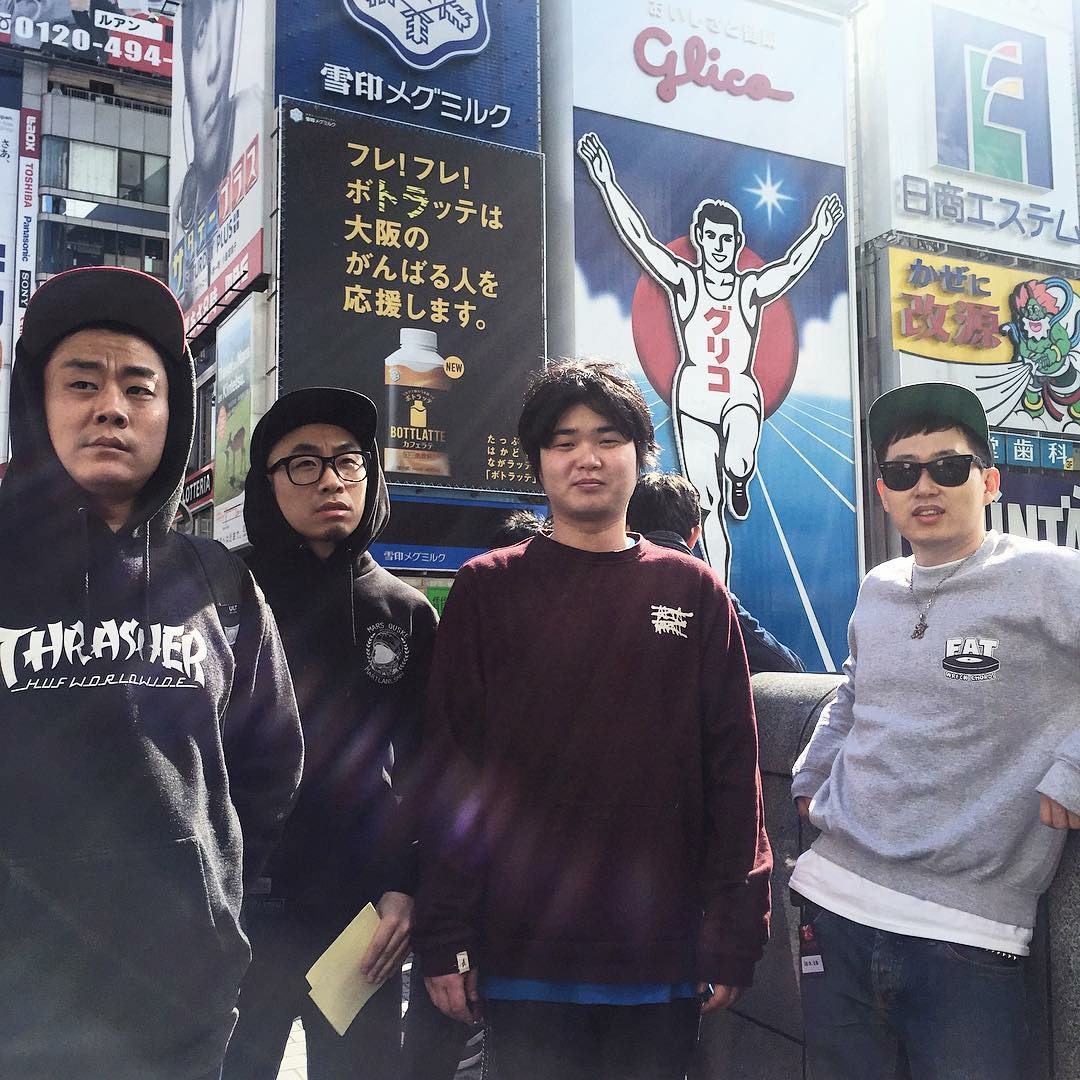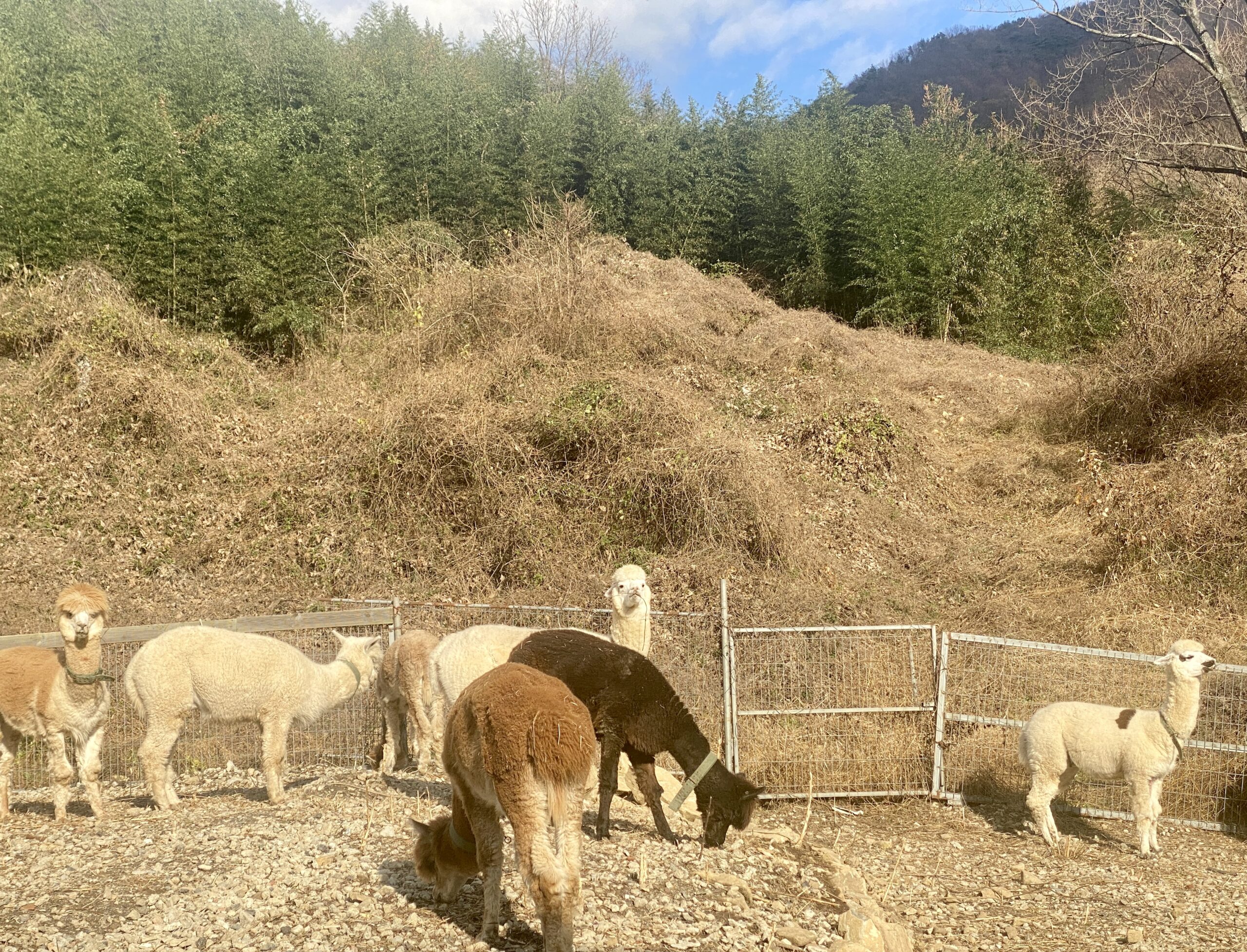Inside Honam University’s Ssangchon Campus
Written and photographed by Isaiah Winters
If you’ve recently been to the immigration office in Gwangju’s Ssangchon-dong, then you may have had a moment (or if the clerks were out to lunch, an eternity) to cogitate on some of life’s great unknowns. Given my lowbrow predilections, on my most recent visit I spent the time wondering what was being done with the massive dirt heap across the street. Turns out it’s actually the former main campus of Honam University, and it’s far more intriguing when seen from the inside.
For those interested in raw, locally produced art in all its various manifestations, the Ssangchon Campus is a treasure trove. In the years before it was closed, it was used primarily as a school for the arts where, ostensibly, just about everything from calligraphy to computer graphics was taught, including pottery, printing, painting, fashion design, cosmetology, and sculpting.
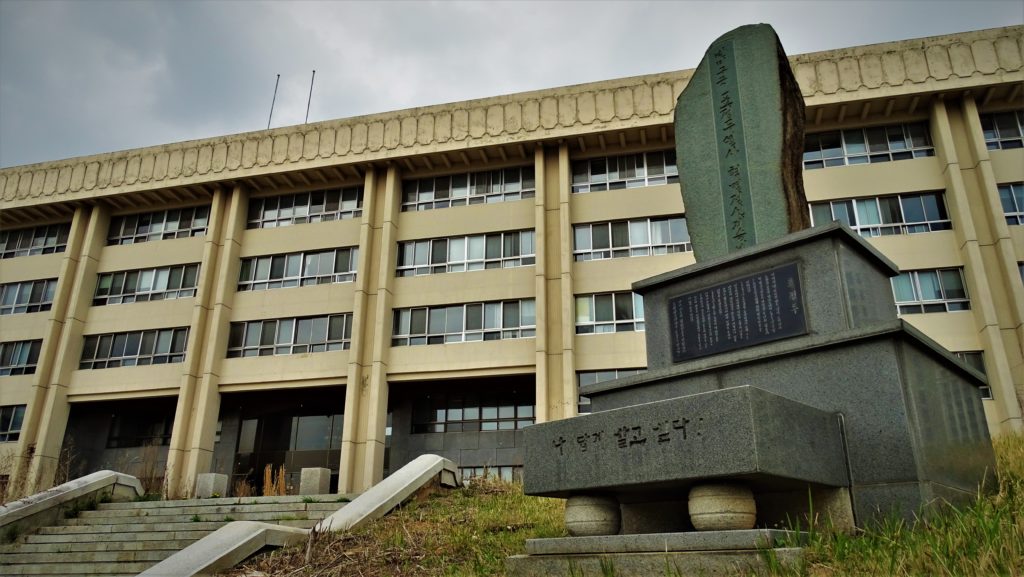
Naturally, this makes the campus both humorous and haunting for its heaps of mannequins and sundry mannequin parts, including torsos, heads, and even scalps. You could almost sense the creative urgency with which some of the mannequins had been fitted; they were at one point assignments, after all. Decked out in amateur panache, they provide that mix of eerie familiarity and foreboding that only mannequins and their miscellaneous parts can. The lone skeleton found among the rubble (which was oddly autographed on the right hip) seemed tame by comparison.
Among the campus’ numerous classrooms, halls, and studios, a personal favorite was the underground printing room, which still contains functioning machinery and many large prints and etchings made by former students. Another honorable mention goes out to the hanbok dresses found onsite, which had likely been sewn using the antiquated sewing machines lining the room in which they were found. Also worth noting are the dozens of plaster busts found in the basement, among which are historical figures such as René Descartes, the Roman Emperor Caracalla, and the Greek goddess of love Aphrodite.
The most visually impressive part of the campus’ two main buildings was the wood-paneled gymnasium with its large stage, red velvet curtains, basketball courts, and second-floor deck overlooking the massive furniture heap in the middle. The sheer size of the room, along with its ample lighting and warm wooden interior, was photogenic enough to override the malodorous patina of sweat and dust that otherwise made the place a burden to breathe in. By chance, a printed photo of the gymnasium from its busy heyday turned up and got me interested in the campus’ past.

Honam University’s “About Honam” webpage has a lot of campus history conveniently listed in chronological order. Apparently, the site where the Ssangchon Campus stands was purchased back in September 1974, with the main building being completed in September 1980. This location would go on to be the university’s headquarters for the next 17 years. However, in March 1989, ground was broken on the university’s second site in Seobong-dong, Gwangsan-gu, and in August 1997, the university headquarters was relocated there. With more and more resources going to the Gwangsan Campus, the Ssangchon Campus was eventually shuttered in March 2015.[1]
Officially, the aforementioned webpage refers to this shuttering as the more auspicious-sounding “integration” of the two campuses. But no matter how it’s framed, Honam University stands to profit tremendously from the disused property, as it’s in preliminary negotiations with Gwangju’s City Urban Planning Commission to build apartments on the site.
One of the wrinkles to be worked out between the two parties remains the height of the proposed apartment buildings. The university wants the apartments to be between 18 and 27 stories high, while the City Urban Planning Commission has recommended limiting the height to 18 floors so as not to inconvenience surrounding residents.[2]
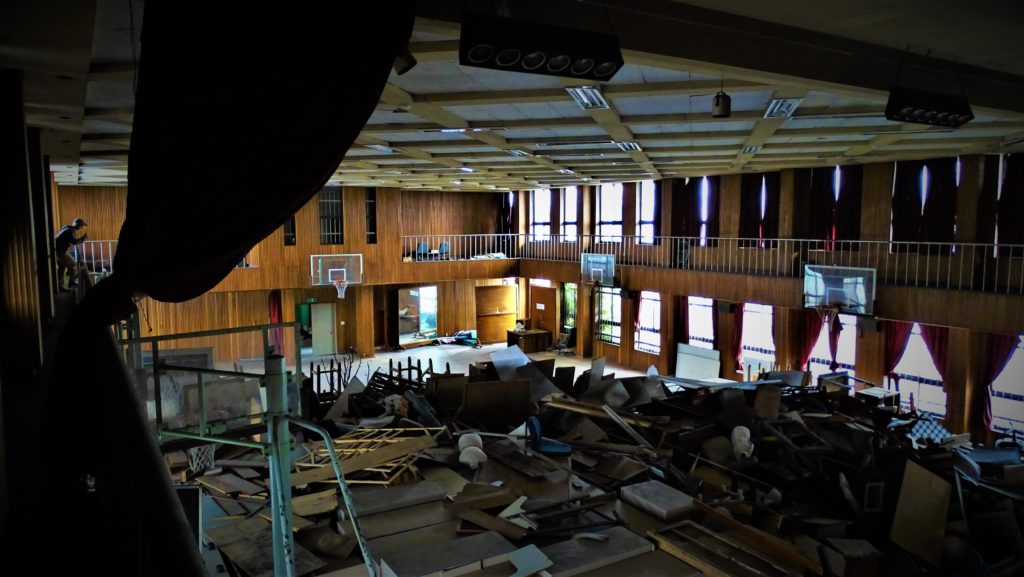
Another cleavage more apropos to the May edition of the Gwangju News has emerged over what to do with a particular monument situated on the Ssangchon Campus. The monument was erected in 1991 by students, some of whom were arrested for committing acts of violence after physically clashing with professors and staff who opposed the monument’s establishment.[3] By erecting the monument – a memorial stele – students sought to honor Pyo Jeong-du, a former Honam University student enrolled in the Department of Commerce and Trade.
Pyo had staged the ultimate political protest on March 6, 1987, when he doused himself in kerosene and self-immolated in front of the U.S. Embassy in Seoul. Denouncing the prolonged one-man rule of Chun Doo-hwan, Pyo opposed amending the constitution to a parliamentary system and demanded that someone be held responsible for the Gwangju Uprising’s suppression. He also stood in opposition to then U.S. Secretary of State George P. Shultz and spoke out for Park Jong Chul, the linguistics student at Seoul National University who died at the hands of police while being interrogated and tortured over the whereabouts of a campus radical leader.[4][5][6]
Pyo’s monument on the Ssangchon Campus bears different inscriptions at the bottom, middle, and top, with each increasing in poetic flourish. The bottom inscription states simply, “I want to live as I am.” Following this, the middle inscription gives a brief account of Pyo’s life, including his participation in the Gwangju Uprising and subsequent suspension from Daedong High School, his service with the U.S. Air Force, his job teaching hanja (Chinese characters) at a night school, his “inflamed fighting passion” against fascism and the U.S. occupation of Korea, and of course, the details of his self-immolation.
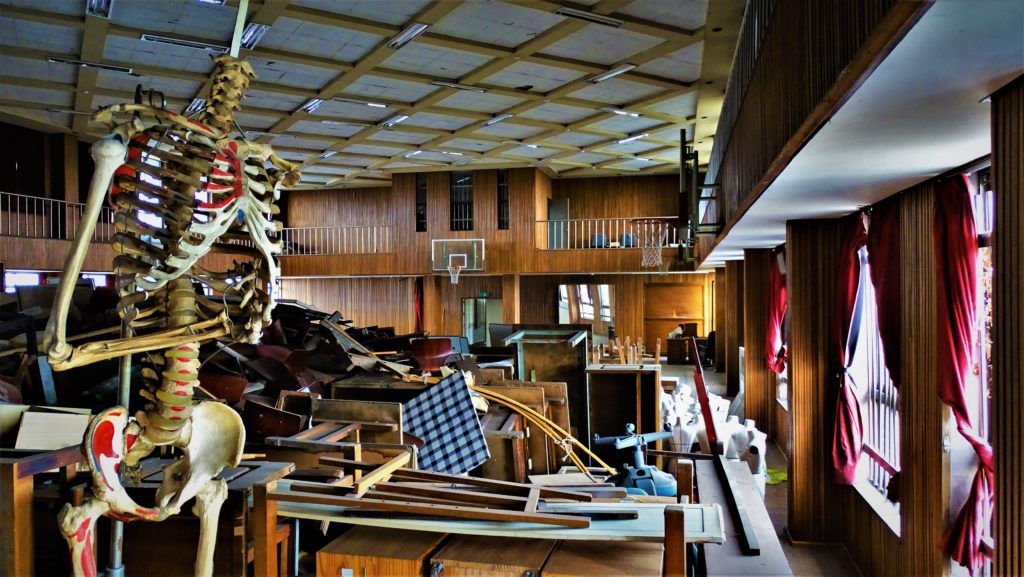
The stone atop the monument is rather hard to translate due to its poetic embellishment. But from the top, it reads something like this: “Monument perpetuating the revolutionary spirit of anti-Americanism and nation-saving of patriot Pyo Jeong-du.”
With Honam University looking to sell the Ssangchon Campus to housing developers, the Pyo Jeong-du Memorial Society has met with university representatives to request that Pyo’s monument be safely relocated to the Gwangsan Campus. It’s no simple task, as moving costs for the multi-tiered stone monument are expected to reach a substantial 30–40 million won.[7] For its part, the university has been reluctant to take responsibility for the monument, as it was a project of students, not the university.[3]
To its credit, last December, Honam University conferred an honorary degree on Pyo, despite the fact that he dropped out after his parents suffered significant losses in the agricultural distribution industry in the mid-1980s. Pyo’s mother, who wanted her son to continue his studies despite the family’s financial hardships, was there to receive the degree on his behalf.[6][8]
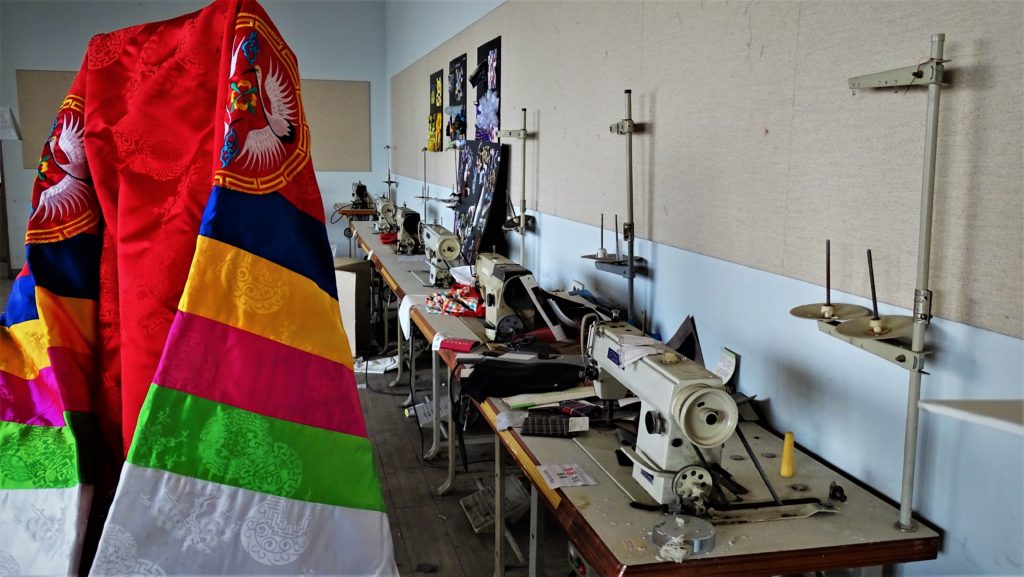
As for alternative relocation proposals, one idea is to move it to the 5.18 Memorial Park; however, this has been met with opposition from the May Associations.[9] In a second meeting between representatives of the Pyo Jeong-du Memorial Society, Honam University, and Gwangju City, it was proposed that the monument be moved to Peace Park, located in the Sangmu area directly across from City Hall.[10] This tentative compromise appears to be holding for now.
Ultimately, it seems that the monument will end up in good hands, for as recently as May 2017, President Moon Jae-in mentioned Pyo’s name and legacy during a commemoration ceremony marking the 37th anniversary of the Gwangju Uprising. To paraphrase, President Moon referred to Pyo as the 25-year-old laborer who self-immolated while shouting that the person responsible for the situation in Gwangju should be punished.[3] With recognition coming from such a high office, it’s likely that Pyo’s monument will eventually get a new lease on life right in the heart of Gwangju.
References
[1] Honam University. (2017). About Honam. Retrieved from the Honam University website: https://en.honam.ac.kr/ChronologyAchievements
[2] Park, J. J. (2017, November 16). 호남대 쌍촌캠퍼스에 900여세대 아파트 들어선다. Retrieved from the News 1 Korea website: http://news1.kr/articles/?3155170,%20http://www.ulsanfocus.com/news/articleView.html?idxno=92914
[3] Park, J. B. (2017, May 21). 文 대통령 호명한 표정두 열사…추모비 수년째 방치. Retrieved from the News 1 Korea website: http:// news1.kr/articles/?2998780
[4] Yolsa. (2014, February 17). 열사의 삶. Retrieved from the 족민 주열사 희생자 추모(기념)단체 연대회의 website: http://www.yolsa.org/bbs/board.php?bo_table=tbl_life&wr_id=81
[5] Haberman, C. (1987, January 31). Seoul student’s torture death changes political landscape. Retrieved from The New York Times website: https://www.nytimes.com/1987/01/31/world/seoul-student-s-torture-death-changes-political-landscape.html
[6] The May 18 Memorial Foundation. (2018, January 1). 표정두 열사 명예학위 수여식 [Web log]. Retrieved from https://blog.naver.com/themay18/221181139355
[7] Bae, D. M. (2017, October 29). 표정두 열사 추모비…광주시청 앞 평화광장 이전. Retrieved from the JoongAng Daily/Newsis website: http://news.joins.com/article/22060352
[8] Seo, C. S. (2018, January 22). 영화 1987 이 불러낸 광주·전남烈士들 <3> ‘노동자’ 표정두 (1963–1987). Retrieved from the MoodeungIlbo website:http://www.honam.co.kr/read.php3?aid=1516546800545526011
[9] Bae, D. M. (2017, October 29). 표정두 열사 추모비…광주시청 앞 시민의 숲으로 이전. Retrieved from the Newsis website: http://www.newsis.com/view/?id=NISX20171029_0000131540&cID=10809&pID=10800
[10] Kim, J. J. (2017, October 29). 표정두 열사 추모비 평화공원 이전 추진. Retrieved from the Kwangju Daily website: http://www.kjdaily.com/read.php3?aid=1509274688421540002
THE AUTHOR
Originally from Southern California, Isaiah Winters first came to Gwangju in 2010. He recently returned to South Korea after completing his M.A. in Eastern Europe and is currently the new chief proofreader for the Gwangju News. He enjoys writing, political science, and urban exploring.

